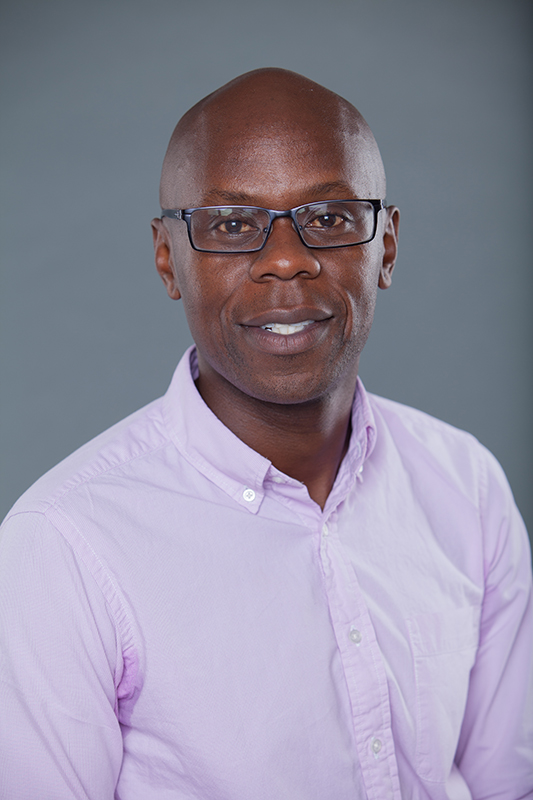
Lecturer

Solomon Ssenyange, PhD
RedNOx
CEO and Co-Founder
Single Helix Genomics
CEO and Co-Founder
Contents

The September 2021 MedTech Salon featured Dr. Solomon Ssenyange, CEO and Co-Founder of RedNOx and Single Helix Genomics.
The topic of the lecture was “An Entrepreneurial Journey” and he shared his journey as an entrepreneur.
Dr. Ssenyange began the lecture by introducing himself. He was born in Uganda and spent his childhood in Kenya before moving to Canada, where he attended middle school, high school, and university, and received his PhD from the University of Alberta. After working as a Postdoctoral Fellow at the Ohio State University, he worked in the private semiconductor industry.
He started his lecture by telling us about the episode that led him to think about commercializing the asthma product that he developed. This is the story of Spirosure, Inc. which successfully developed of thin-film based gas sensor systems for portable, handheld breath monitoring. The company was acquired by CAIRE Inc. in June 2020. The story goes that in July 2011, Dr. Ssenyange was reading a newspaper and learned that there was a need in the medical field for a sensor to measure nitric oxide in exhaled breath. At the time, he was developing nitric oxide sensors for automobiles as an engineer at FormFactor Inc. and was very interested in the high business potential of the technology to measure nitric oxide in exhaled breath.
He quit his job, obtained a license agreement from the Ohio State University, and went to Silicon Valley to try to raise money to start his own company. He pitched his idea many times to venture capital investment firms but was turned down 76 times. But he never gave up. On the 77th pitch, he was finally successful. His approach to pitching was also very helpful to us because it described an important point in commercialization. He told us that the pitch was a good opportunity to improve the presentation and to deliver a more efficient message.
The principle of the electrochemical device was also explained in detail. There are two parts to the sensor, the first being the filter through which the exhaled breath first passes. After passing through this filter, the gas goes to the sensor, where an electrochemical reaction takes place. This sensor was originally conceived for use in cars, but now that it has been applied to medical devices. Dr. Ssenyange made it into the device described above after proving it on an experimental/lab bench level before developing a product that can actually be used by patients.
We think that this resonates with what we are doing. We nodded our heads in agreement with what he said, “The next step in getting the technology out of the lab is to find a good development partner.” In Silicon Valley, there are several small companies that can create prototypes, run by good engineers, and they were very helpful in commercializing the devices and technologies developed at the university.
He also talked about the importance of market analysis of how they decided on the product concept, where the device would be used, how often the device would be used, and who would use the device. He emphasized the importance of interviewing the patients who would be the actual users of the device and improving convenience through digital health. There has to be both ease of use for the patient and market value of the product itself.
The most important thing, he said, is to ask yourself if there is an unmet need that you can solve using the knowledge you have gained so far, and if you can improve upon your current solution. Along with talking about his project on mRNA vaccines currently under development, he gave strong words of encouragement that we should do everything we can to pursue more efficient solutions and get our ideas commercialized.
In response to the questions, he shared specific episodes to give detailed advice such as “don’t take too long to complete the ideal concept of a device,” “as an entrepreneur, you will fail if you seek a perfect product,” and “why you don’t have to focus only on the US market”.
Thank you very much for your lecture, Dr. Ssenyange.
